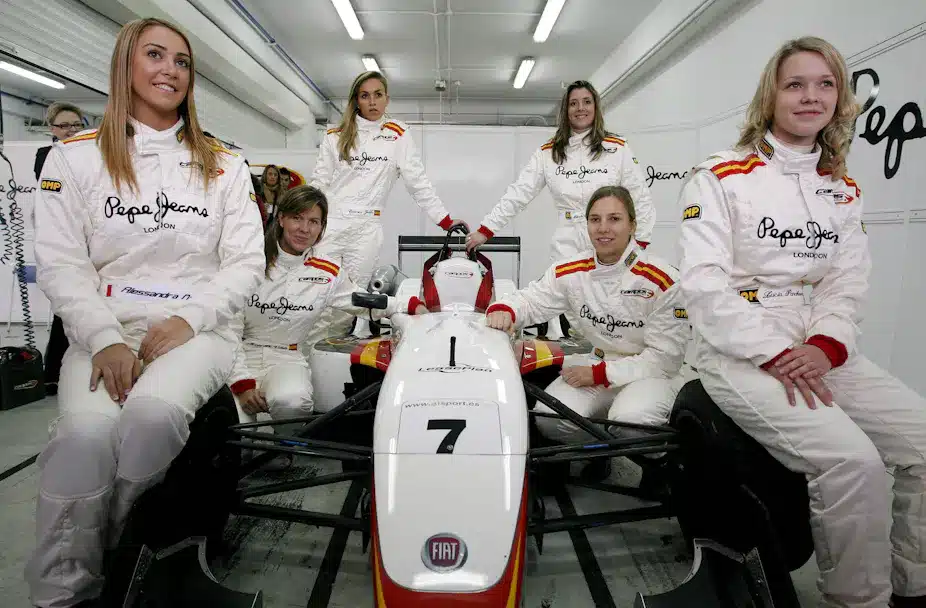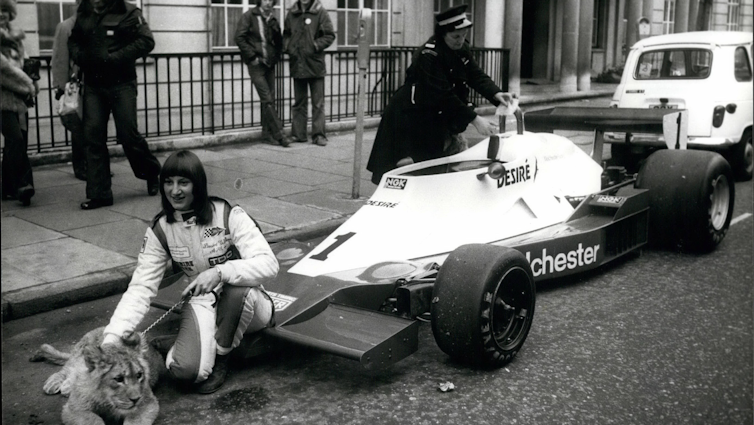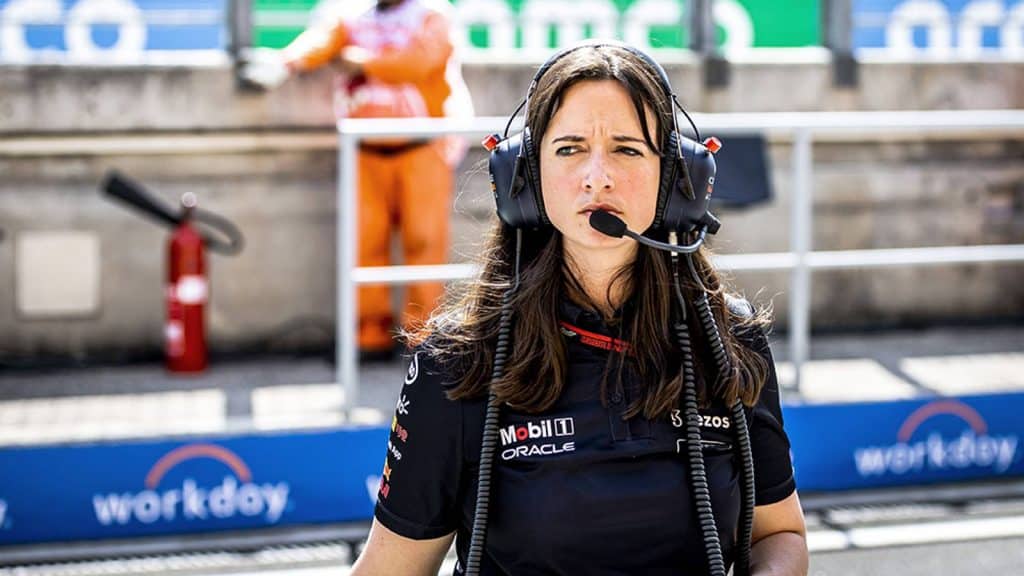In the high-speed world of Formula One, women’s presence has been increasing at a snail’s pace, both on and off the track. While the sport has seen some remarkable female drivers, managers and engineers over the years, their visibility has often been sporadic and overshadowed by the dominance of men.
As F1 continues to evolve, there is a growing awareness of the need for greater gender equality and visibility within the sport. This is not just a matter of improving fairness, but a missed business opportunity. A larger presence of women in F1, particularly at the wheel, would attract new fans and sponsors, and inspire more women to pursue a motorsport career – in turn offering a broader supply of engineers, executives and drivers.
Historically, women in F1 have faced significant barriers to entry, and then more once they are in the sport. Only five female racing drivers have entered world championship grands prix – of whom just two qualified and actually raced.

Too many false starts
The first woman to compete in an F1 grand prix was Italy’s Maria Teresa de Filippis. She participated in five races in 1958 and 1959, qualifying for three. Her best race finish was tenth. Another Italian, Lella Lombardi, took part in 17 grands prix between 1974 and 1976. She remains the only woman to score a world championship point – well, half a point – after finishing sixth in the 1975 Spanish Grand Prix in a rain-shortened race.
In 1976, British Olympic ski racer Divina Galica switched sports and tried to secure a spot in the British Grand Prix. This marked the only time more than one female driver (Lombardi and Galicia) has participated in qualifying for a grand prix – unfortunately, both failed to make the race grid.
Four years later, South African Desiré Wilson also tried to qualify for the British Grand Prix, and again fell short. But the same year, she achieved another milestone by becoming the only woman to clinch victory in any type of F1 race, triumphing at Brands Hatch in the British Formula One Championship.

The most recent female driver to take part in the F1 world championship was Italy’s Giovanna Amati, who, at the start of the 1992 season, joined the British Brabham team. However, she encountered difficulties in qualifying and was unable to secure a spot in any of the three races she entered, before being replaced by male drivers.

After that, a further two decades would pass before Britain’s Susie Wolff became the most recent female driver to participate in F1 during the 2014 season, but only in some practice sessions.
Investment in female drivers
Beyond the driver’s seat, women have held various leading roles in F1. Most notably, Monisha Kaltenborn served as team principal for Swiss team Sauber from 2012 until 2017, and Claire Williams was deputy team principal of Williams Racing from 2013-2020.
Female engineers and technicians can also play crucial roles in the development and performance of F1 cars. For example, Hannah Schmitz is the trailblazing principal strategy engineer of current F1 world champion, Max Verstappen.

The public image of women within the sport has certainly changed over time. The so-called “grid girls” – women tasked with parading on the starting grid during race weekends, purely for promotional purposes – were banned by Liberty Media, the current F1 commercial rights holder, at the start of the 2018 season. Liberty stated that the practice did not resonate with its brand values, and was considered at odds with modern societal norms – particularly as the sport is increasingly targeting family and female audiences.
But despite some remarkable improvements, women remain underrepresented in F1, with few opportunities to showcase their talents on the track or in leadership positions. In 2023, women made up 13% of people working for Mercedes and 6% for Red Bull – two of the sport’s leading teams. Overall that season, F1’s gender pay gap report found that women represented 31% of the sport’s staff.
Several factors contribute to this gender disparity, including societal stereotypes, lack of access to resources and opportunities, and an inferior number of women studying engineering and related technical subjects.
However, research suggests the absence of successful female drivers isn’t due to biological differences. Concerns regarding strength, size and weight differences, while relevant in some sports where men and women compete separately, are less significant in F1, and can even be advantageous. Being smaller and lighter is important for drivers, as it leaves engineers with more adjustable ballast to reach the minimum car weight allowed.
More crucial is the need for excellent cognitive abilities to maintain focus during races, something women are not short of. If given proper training, women possess the same potential as men to excel as F1 drivers.
Societal biases
The lack of women in the driver seat is shaped by statistics and societal biases. The path to becoming a professional driver typically begins with karting at a very young age, around four or five, necessitating continuous training and financial backing from sponsors.
However, few families encourage young girls to pursue driving at such an early age, and young girls are also exposed to fewer female racing champions that can inspire them. Consequently, there are significantly fewer girls engaged early enough in professional racing compared with boys, diminishing the likelihood of discovering the next major F1 talent among them.
Several initiatives have been established to address gender inequality within the sport. The W Series, launched in 2019, offered financial support, training and exposure to create a pathway for women to reach F1. But it went into administration in 2022 due to lack of funding, popularity, and the structure to guarantee successful rookies could move up the ladder.
In 2022, the F1 Academy marked a new effort to increase diversity in the sport. By being directly endorsed and supported by F1, its teams and governing body the FIA (Fédération Internationale de l’Automobile), the F1 Academy aims to identify and develop talented individuals from underrepresented groups including women through mentoring, training and access to resources, creating a clear and structured pathaway towards major series and F1.
But the prospect of more women racing in F1 still looks some way off. True gender parity in the sport will only be achieved through the sustained effort and commitment of all its stakeholders, including teams, sponsors and governing bodies.
